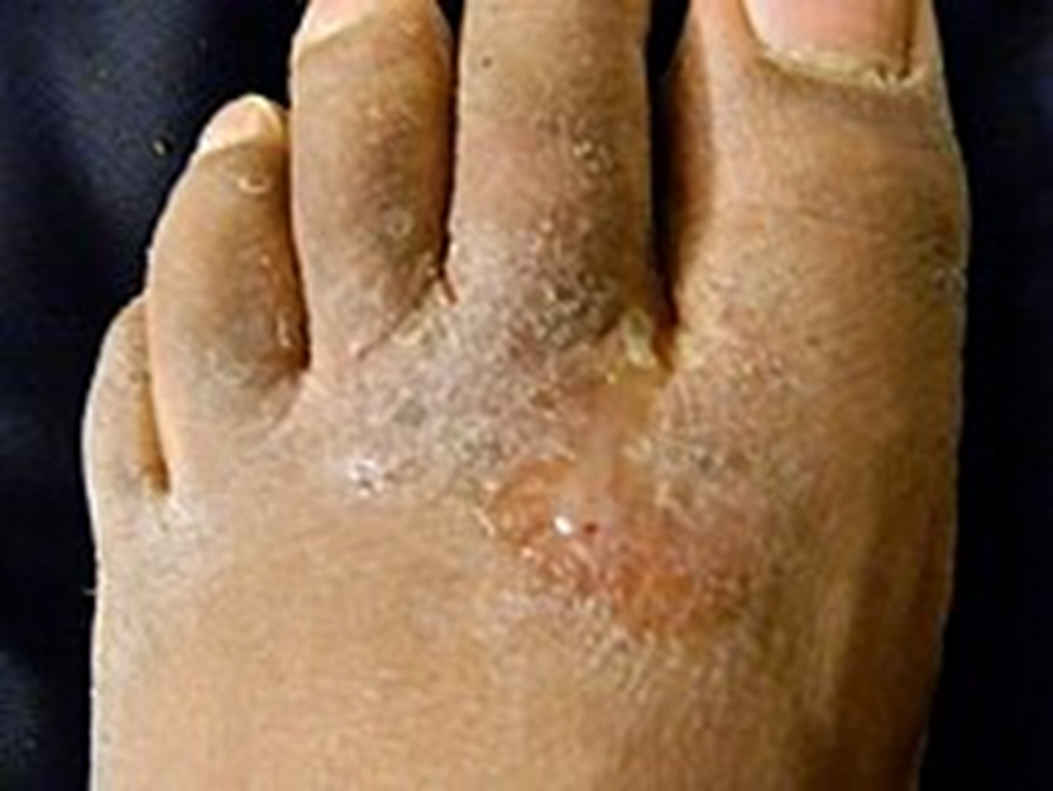What symptoms should a nurse expect in a 6-week-old infant admitted for evaluation of suspected pyloric stenosis?
Projectile vomiting.
Effortless regurgitation.
Metabolic acidosis.
Distended abdomen.
The Correct Answer is A
Choice A rationale
Projectile vomiting is a common symptom in infants with pyloric stenosis. This is due to the narrowing of the pylorus, the muscular valve at the bottom of the stomach, which prevents breast milk or formula from passing through to the small intestine.
Choice B rationale
Effortless regurgitation is not typically associated with pyloric stenosis. The hallmark symptom of pyloric stenosis is projectile vomiting.
Choice C rationale
Metabolic acidosis is not a typical symptom of pyloric stenosis. The hallmark symptom of pyloric stenosis is projectile vomiting.
Choice D rationale
While a distended abdomen can occur in some cases of pyloric stenosis, it is not the most common symptom. The hallmark symptom of pyloric stenosis is projectile vomiting.

Nursing Test Bank
Naxlex Comprehensive Predictor Exams
Related Questions
Correct Answer is B
Explanation
Choice A rationale
Shingles, also known as herpes zoster, is a viral infection that causes a painful rash and is caused by the varicella-zoster virus, the same virus that causes chickenpox.
Choice B rationale
Tinea pedis is a foot infection due to a dermatophyte fungus. It is the most common dermatophyte infection and is particularly prevalent in hot, tropical, urban environments. Interdigital involvement is most commonly seen (this presentation is also known as athlete’s foot, although some people use the term for any kind of tinea pedis).
Choice C rationale
Fever blister, also known as cold sores, are caused by the herpes simplex virus. They are small, fluid-filled blisters that develop on the lips or around the mouth.
Choice D rationale
Pinworms are a type of parasite that lives in the lower intestine of humans. They are tiny, narrow worms. They are white and less than a half-inch long.

Correct Answer is C
Explanation
The correct answer is (C) Determine if the toddler is voiding.
Choice A: Initiate isotonic fluids with 20 mEq/L potassium chloride. While it is important to maintain hydration in a child with acute gastroenteritis, initiating isotonic fluids with 20 mEq/L potassium chloride is not the first action a nurse should take. The child’s hydration status and electrolyte balance need to be assessed first. The American Academy of Pediatrics recommends the use of isotonic solutions with adequate potassium chloride and dextrose for maintenance IV fluids in children.
Choice B: Collect a stool sample from the toddler Collecting a stool sample can help identify the cause of the gastroenteritis. However, this is not the first step. The stool sample collection should be done using a clean, dry toilet hat or plastic wrap. But before this, the child’s hydration status needs to be assessed.
Choice C: Determine if the toddler is voiding The first action the nurse should take when using the nursing process is assessment. Therefore, checking if the toddler is voiding is the priority. This will help assess the child’s hydration status, which is critical in managing acute gastroenteritis.
Choice D: Request evaluation of the toddler’s serum electrolytes Requesting an evaluation of the toddler’s serum electrolytes is also important, but it’s typically done after the initial assessment. Fluid and electrolyte derangement are the immediate causes that increase the mortality in diarrhea. However, before requesting this evaluation, the nurse should first determine if the toddler is voiding to assess the child’s hydration status.
Whether you are a student looking to ace your exams or a practicing nurse seeking to enhance your expertise , our nursing education contents will empower you with the confidence and competence to make a difference in the lives of patients and become a respected leader in the healthcare field.
Visit Naxlex, invest in your future and unlock endless possibilities with our unparalleled nursing education contents today
Report Wrong Answer on the Current Question
Do you disagree with the answer? If yes, what is your expected answer? Explain.
Kindly be descriptive with the issue you are facing.
